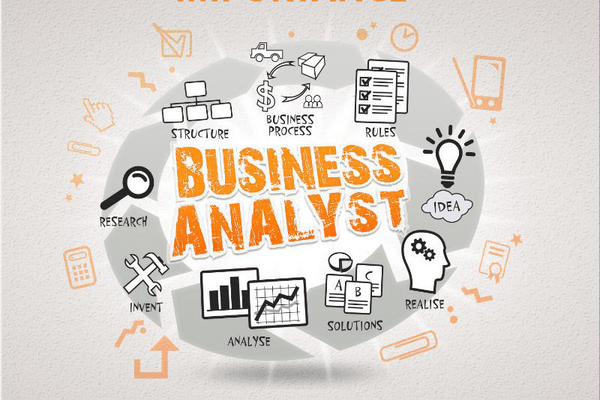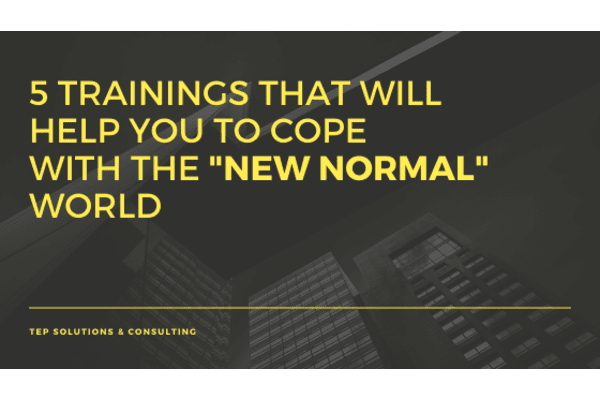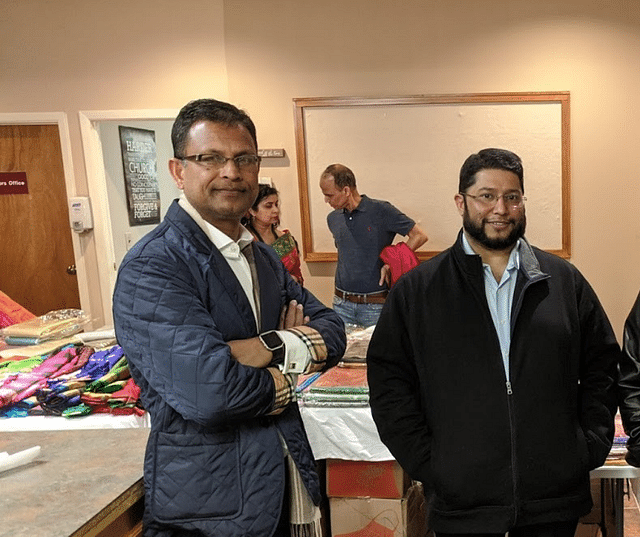Agile Testing Interview Questions and Answers
Agile Testing Interview Questions and Answers
34+ Agile Testing Interview Questions
and Answers (2024)
Following is a list of
Agile Testing interview questions and answers, which are likely to be asked
during the interview.
Agile Testing Interview Questions for Freshers
1) As a tester what
should be your approach when requirements change continuously?
When requirement keeps
changing, continuously agile tester should take following approach
- Write generic test plans and
test cases, which focuses on the intent of the requirement rather than its
exact details
- To understand the scope of
change, work closely with the product owners or business analyst
- Make sure team understand the
risks involved in changing requirements especially at the end of the
sprint
- Until the feature is stable,
and the requirements are finalized, it is best to wait if you are going to
automate the feature
- Changes can be kept to a
minimum by negotiating or implement the changes in the next sprint
2) List out the pros
and cons of exploratory testing (used in Agile) and scripted testing?
|
Pros |
Cons |
|
|
Exploratory Testing |
– It requires less preparation-
Easy to modify when requirement changes- Works well when documentation is
scarce |
– Presenting progress and Coverage
to project management is difficult |
|
Scripted Testing |
– In case testing against legal or
regulatory requirements it is very useful |
– Test preparation is usually
time-consuming- Same steps are tested over and again- When requirement
changes it is difficult to modify |
3) Explain the
difference between Extreme programming and Scrum?
|
Scrum |
Extreme
Programing (XP) |
|
– Scrum teams usually have to work
in iterations called sprints which usually last up to two weeks to one month
long |
– XP team works in iteration that
last for one or two weeks |
|
– Scrum teams do not allow change
into their sprints |
– XP teams are more flexible and
change their iterations |
|
– In scrum, the product owner
prioritizes the product backlog but the team decides the sequence in which
they will develop the backlog items |
– XP team work in strict priority
order, features developed are prioritized by the customer |
|
– Scrum does not prescribe any
engineering practices |
– XP does prescribe engineering
practices |
4) What is an epic,
user stories and task?
Epic: A customer described software feature
that is itemized in the product backlog is known as epic. Epics are sub-divided
into stories
User Stories: From the client perspective user stories
are prepared which defines project or business functions, and it is delivered
in a particular sprint as expected.
Task: Further down user stories are broken
down into different task
5) Explain what is
re-factoring?
To improve the
performance, the existing code is modified; this is re-factoring. During
re-factoring the code functionality remains same
6) Explain how you can
measure the velocity of the sprint with varying team capacity?
When planning a sprint
usually, the velocity of the sprint is measured on the basis of professional
judgement based on historical data. However, the mathematical formula used to
measure the velocity of the sprint are,
- first – completed story
points X team capacity: If you measure capacity as a
percentage of a 40 hours weeks
- Second – completed story
points / team capacity: If you measure capacity in
man-hours
For our scenario
second method is applicable.
7) Mention the key
difference between sprint backlog and product backlog?
Product backlog: It contains a list of all desired
features and is owned by the product owner.
Sprint backlog: It is a subset of the product backlog
owned by development team and commits to deliver it in a sprint. It is created
in Sprint Planning Meeting
8) In Agile mention
what is the difference between the Incremental and Iterative development?
Iterative: Iterative method is a continuous process of
software development where the software development cycles are repeated (Sprint
& Releases) till the final product is achieved.
Release 1: Sprint 1,
2… n
Release n: Sprint 1,
2….n
Incremental: Incremental development segregates the system
functionality into increments or portions. In each increment, each segment of
functionality is delivered through cross-discipline work, from the requirements
to the deployment.
9) Explain what is
Spike and Zero sprint in Agile? What is the purpose of it?
Sprint Zero: It is introduced to perform some
research before initiating the first sprint. Usually this sprint is used during
the start of the project for activities like setting development environment,
preparing product backlog and so on.
Spikes: Spikes are type of stories that are used for
activities like research, exploration, design and even prototyping. In between
sprints, you can take spikes for the work related to any technical or design
issue. Spikes are of two types Technical Spikes and Functional Spikes.
10) What is test
driven development?
Test driven
development or TDD is also known as test-driven design. In this method,
developer first writes an automated test case which describes new function or
improvement and then creates small codes to pass that test, and later
re-factors the new code to meet the acceptable standards.
11) Prototypes and
Wireframes are widely used as part of?
Prototypes and
Wireframes are prototypes that are widely used as part of Empirical Design.
12) Explain what is
Application Binary Interface?
Across different
system platforms and environments a specification defining requirements for
portability of applications in binary form is known as Application Binary
Interface.
13) Explain in Agile,
burn-up and burn-down chart?
To track the project
progress burnup and burn down, charts are used.
Burnup Chart: It shows
the progress of stories done over time.
Burndown Chart: It
shows how much work was left to do overtime.
14) Explain what is
Scrum ban?
Scrum ban is a
software development model based on Scrum and Kanban. It is specially designed
for project that requires frequent maintenance, having unexpected user stories
and programming errors. Using these approach, the team’s workflow is guided in
a way that allows minimum completion time for each user story or programming
error.
Agile Methodology Interview Questions for
Testers
15) What is story
points/efforts/ scales?
It is used to discuss
the difficulty of the story without assigning actual hours. The most common
scale used is a Fibonacci sequence ( 1,2,3,5,8,13,….100) although some teams
use linear scale (1,2,3,4….), Powers of 2 (1,2,4,8……) and cloth size (XS, S
,M,L, XL).
16) Explain what is
tracer bullet?
The tracer bullet is a
spike with the current architecture, the current set of best practices, current
technology set which results in production quality code. It is not a throw away
code but might just be a narrow implementation of the functionality.
17) What is a test
stub?
A test stub is a small
code that replaces an undeveloped or fully developed component within a system
being tested. Test stub is designed in such a way that it mimics the actual
component by generating specifically known outputs and substitute the actual
component.
18) What are the
differences between RUP (Rational Unified Process) and Scrum methodologies?
|
RUP |
SCRUM |
|
– Formal Cycle is defined across
four phases, but some workflows can be concurrent |
– Each sprint is a complete cycle |
|
– Formal project plan, associated
with multiple iterations is used. |
– No end to end project plan. Each
next iteration plan is determined at the end of the current iteration |
|
– Scope is predefined ahead of the
project start and documented in the scope document. During the project, scope
can be revised. |
– It uses a project backlog
instead of scope scrum |
|
– Artifacts include Scope
Document, formal functional requirements package, system architecture
document, development plan, test scripts, etc. |
– Operational software is the only
formal artifacts |
|
– Recommended for long term,
large, enterprise level projects with medium to high complexity |
– Recommended for quick
enhancements and organization that are not dependent on a deadline |
19) Why Continuous
Integration is important for Agile?
Continuous Integration
is important for Agile for following reasons.
- It helps to maintain release
schedule on time by detecting bugs or integration errors
- Due to frequent agile code
delivery usually every sprint of 2-3 weeks, stable quality of build is a
must and continuous integration ensures that
- In helps to maintain the
quality and bug free state of code-base
- Continuous integration helps to
check the impact of work on branches to the main trunk if development work
is going on branches using automatic building and merging function
20) What testing is
done during Agile?
The primary testing
activities during Agile is automated unit testing and exploratory testing.
Though, depending on
project requirements, a tester may execute Functional and Non-functional tests
on the Application Under Test (AUT).
Agile Testing Interview Questions for
Experienced
21) Explain what is
Velocity in Agile?
Velocity is a metric
that is calculated by addition of all efforts estimates related with user
stories completed in an iteration. It figures out how much work Agile can
complete in a sprint and how much time will it need to finish a project.
22) What are the
qualities of a good Agile tester should have?
A good Agile tester
should have following qualities
- It should be able to understand
the requirements quickly
- Agile tester should know Agile
principals and concepts well
- As requirements keep changing,
tester should understand the risk involve in it
- Based on the requirements Agile
tester should be able to prioritize the work
- Continue communication between
business associates, developers and tester is must
23) Who are all
involved in the Agile team?
In agile the two main
leads are
- Scrum Masters: It coordinates most of the inputs and outputs
required for an agile program
- Development Managers: They hire right people and develop them with the team
24) Mention in detail
what are the role’s of Scrum Master?
Scrum Master key
responsibilities involves
- Understand the requirements and
turn them into working software
- Monitoring and Tracking
- Reporting and Communication
- Process Check Master
- Quality Master
- Resolve Impediments
- Resolve Conflicts
- Shield the team and performance
feedback
- Lead all the meetings and
resolve obstacles
25) Mention what are
the Agile quality strategies?
Agile quality
strategies are
- Re-factoring
- Non-solo development
- Static and dynamic code
analysis
- Reviews and Inspection
- Iteration/sprint demos
- All hands demo
- Light weight milestone reviews
- Short feedback cycles
- Standards and guidelines
26) Mention what are
the Tools that can be useful for screenshots while working on Agile projects?
While working on Agile
projects you can use tools like
- BugDigger
- BugShooting
- qTrace
- Snagit
- Bonfire
- Usersnap
27) Mention what are
the advantages of maintaining consistent iteration length throughout the
project?
The advantages are
- It helps team to objectively
measure progress
- It provides a consistent means
of measuring team velocity
- It helps to establish a
consistent pattern of delivery
28) If a timebox plan
needs to be reprioritized who should re-prioritise it?
If a timebox plan
needs to be reprioritized it should include whole team, product owner, and
developers.
29) Mention what
should a burndown chart should highlight?
The burn-down chart
shows the remaining work to complete before the timebox (iteration) ends.
30) Mention what is
the difference between Scrum and Agile?
- Scrum: In the scrum, a sprint is a basic unit of
development. Each sprint is followed by a planning meeting, where the
tasks for the sprint are identified and estimated. During each sprint, the
team creates finished portion of a product
- Agile: In Agile, each iteration involves a team working
through a full software development cycle, including planning, design,
coding, requirement analysis, unit testing, and acceptance testing when a
product is demonstrated to stakeholders
In simple words, Agile
is the practice and scrum is the process to following this practice.
31) Mention what are
the challenges involved in AGILE software development?
Challenges involved in
Agile Software development includes
- It requires more testing and
customers involvement
- It impacts management more than
developers
- Each feature needs to be
completed before moving on to the next
- All the code has to work fine
to ensure application is in working state
- More planning is required
32) When not to use Agile?
Before using Agile
methodology, you must ask following questions
- Is functionality split-able
- Is customer available
- Are requirements flexible
- Is it really time constrained
- Is team skilled enough
33) Explain how can
you implement scrum in an easy way to your project?
These are the tips
which can be helpful to implement scrum in your project.
- Get your backlog in order
- Get an idea of the size of your
product backlog items
- Clarify sprint requirement and
duration to complete the sprint backlog
- Calculate the team sprint
budget and then break requirements into tasks
- Collaborate workspace- a center
of all team discussion, which includes plans, roadmaps, key dates,
sketches of functionality, issues, log, status reports, etc.
- Sprint- Make sure you complete
one feature at a time before moving on to the next. A sprint should not be
abort unless if there is no other option
- Attend a daily stand-up
meeting: In meeting you need to mention, what have been achieved since the
last meeting, what will they achieve before the next meeting and is
anything holding up their progress
- Use burndown chart to track
daily progress. From the burndown chart, you can estimate whether you are
on track, or you are running behind
- Complete each features well
before moving on to the next
- At the end of the sprint- hold
a sprint review meeting, mention what is achieved or delivered in the
sprint.
34) Explain what does
it mean by product roadmap?
A product roadmap is
referred for the holistic view of product features that create the product vision.
These interview
questions will also help in your viva(orals)






